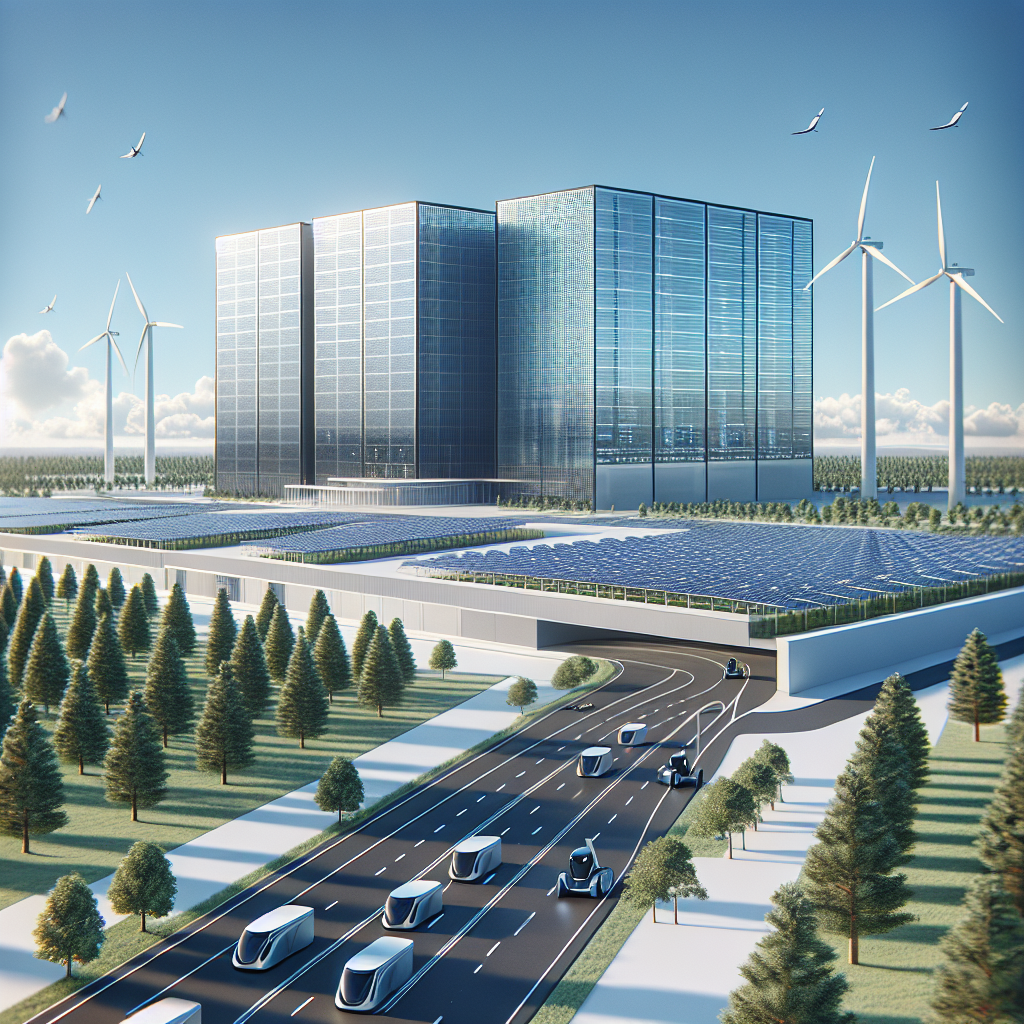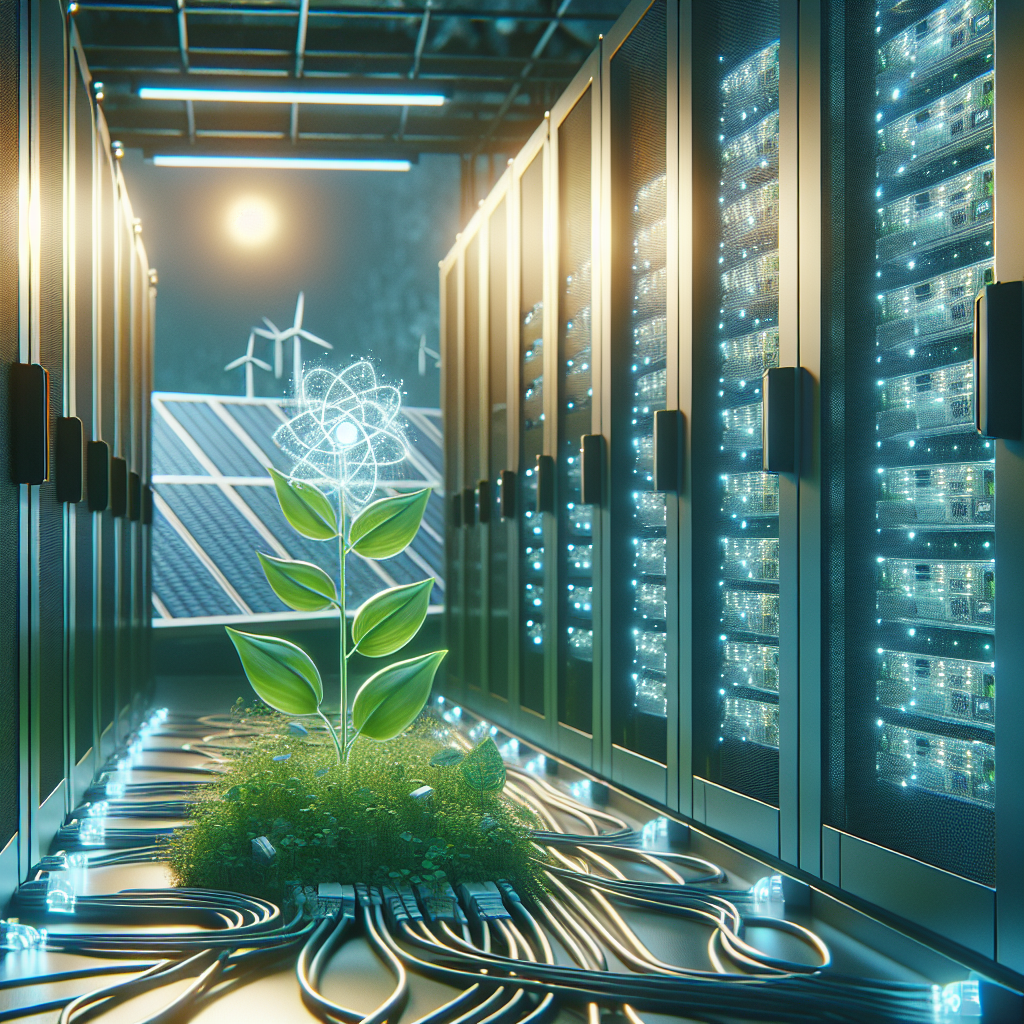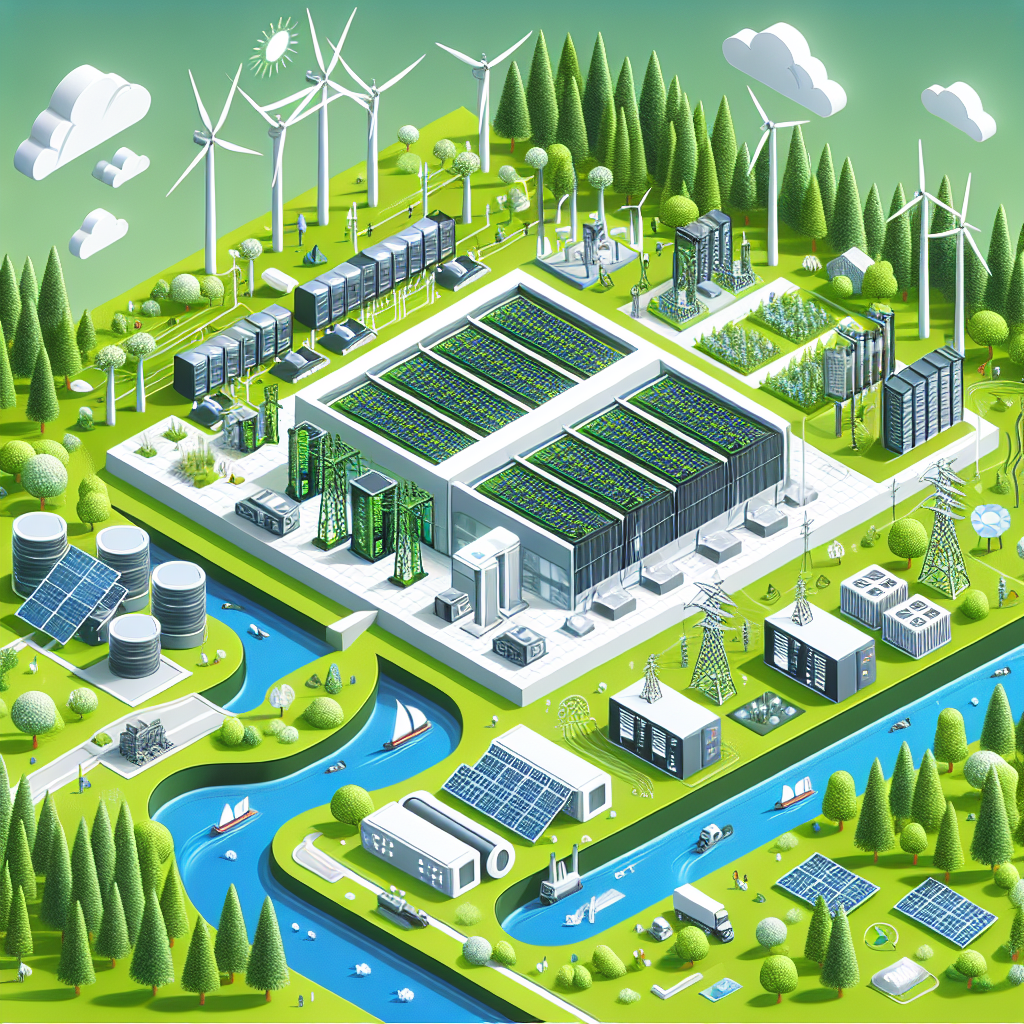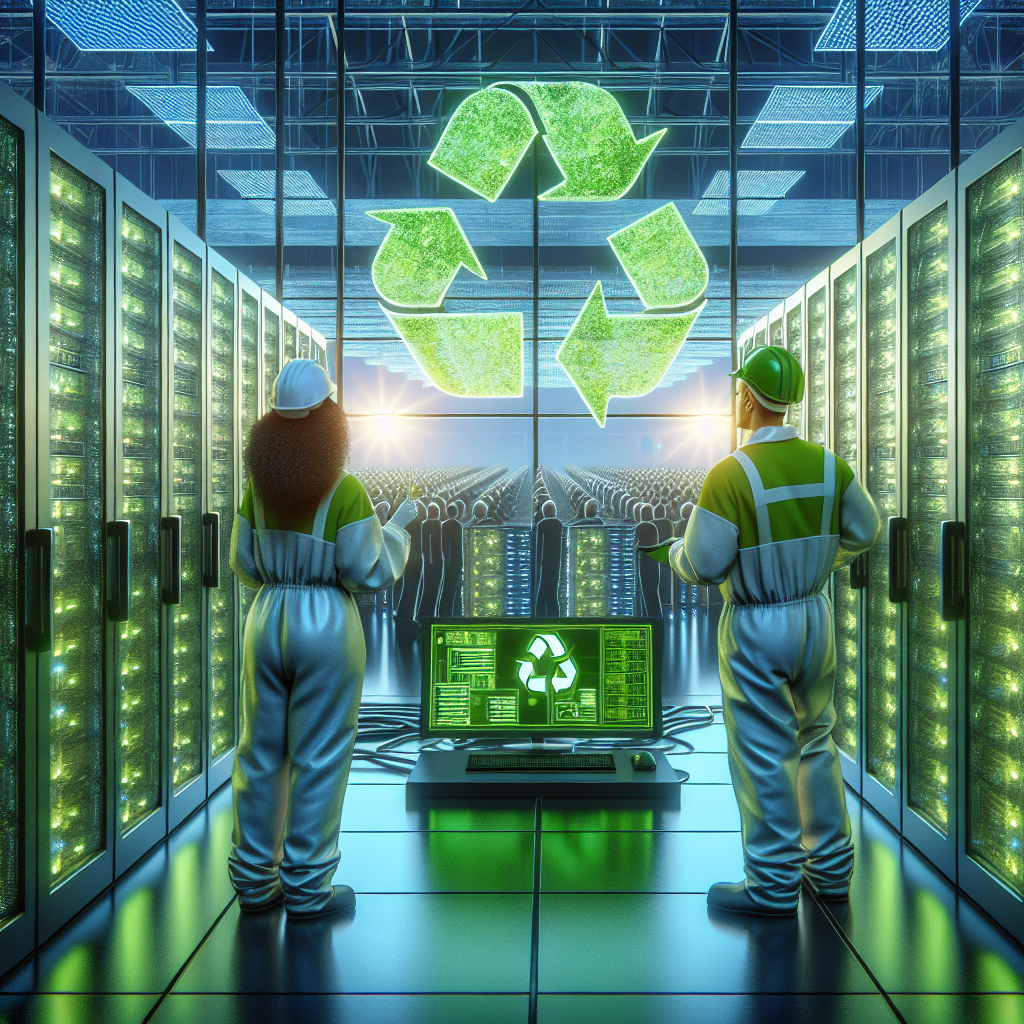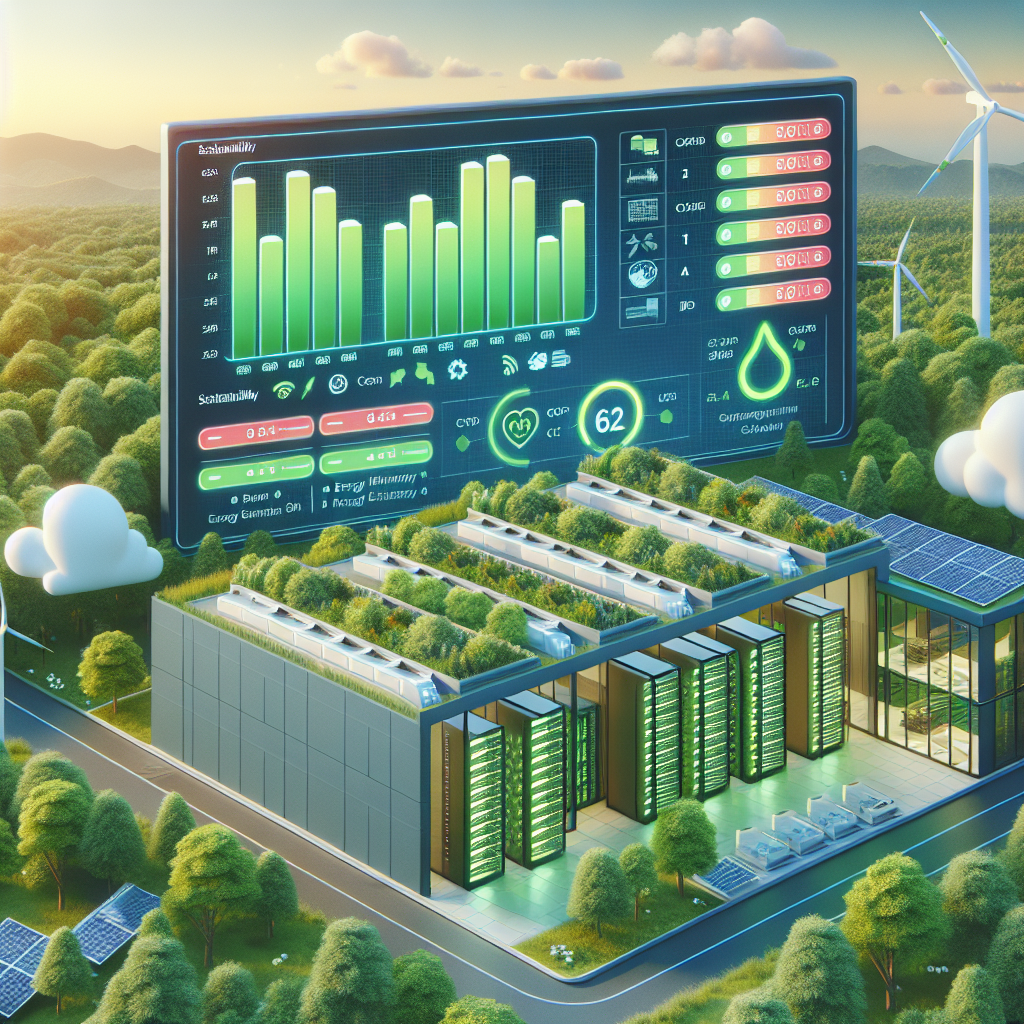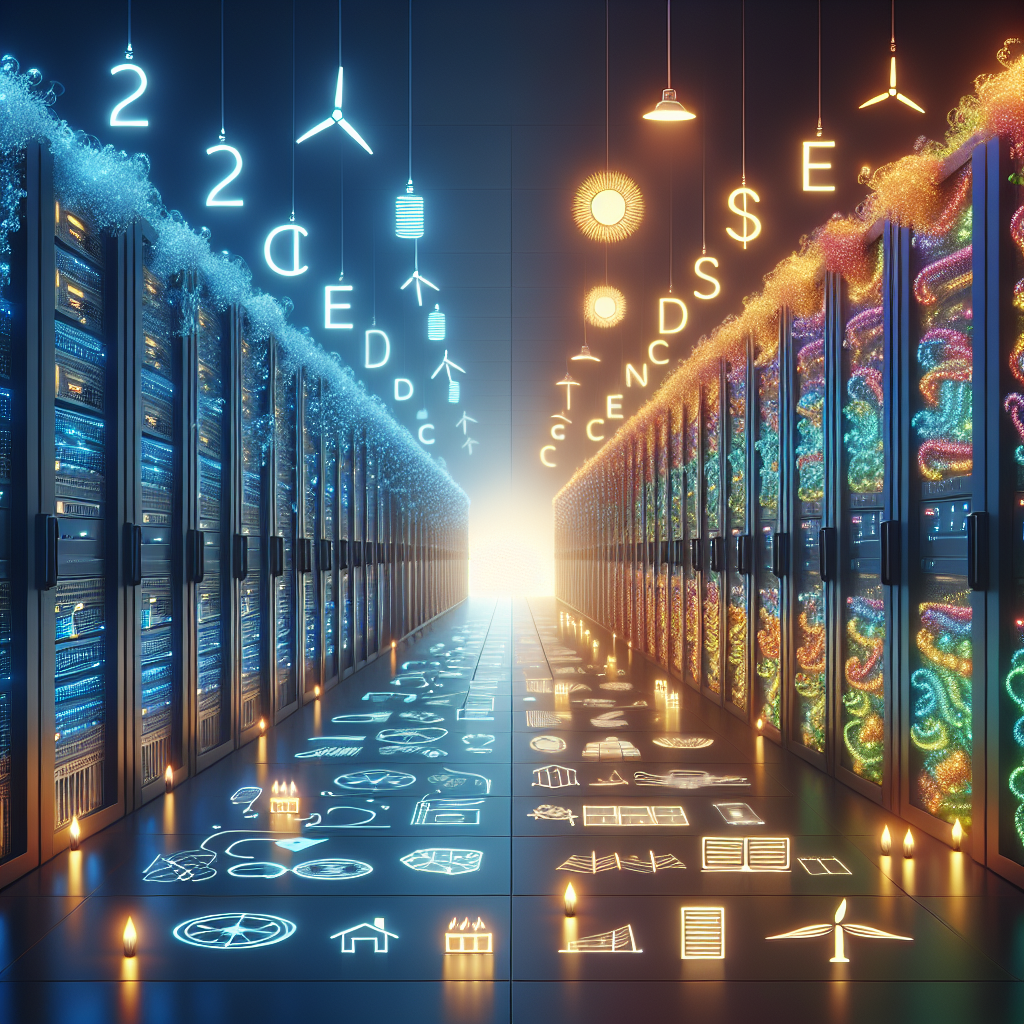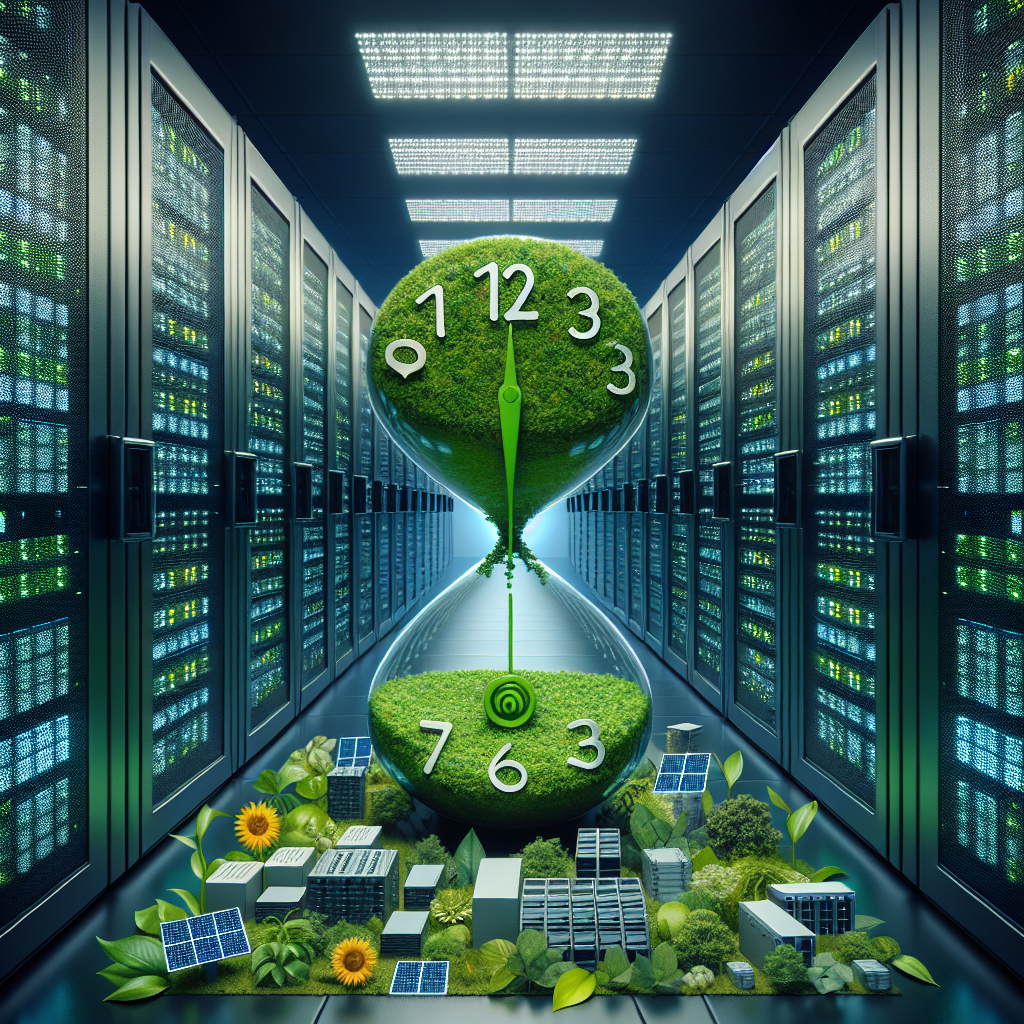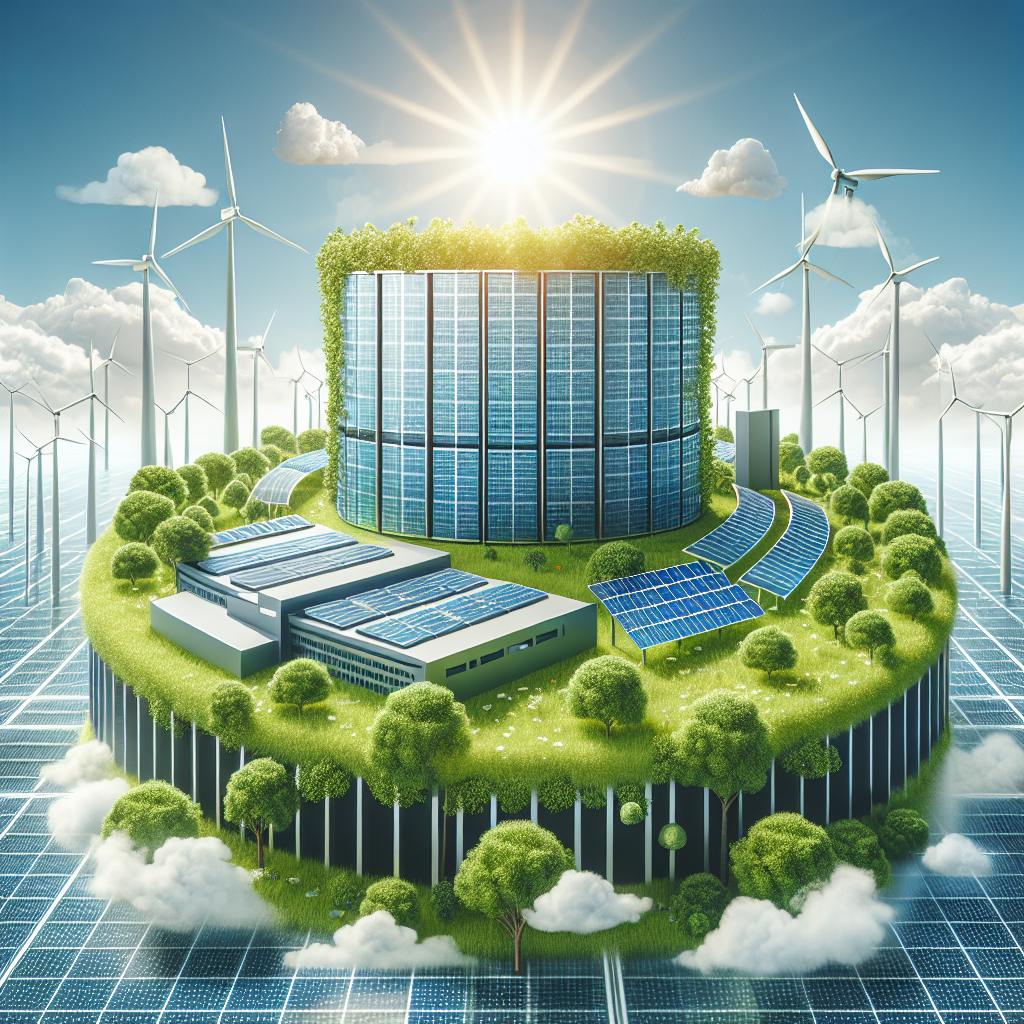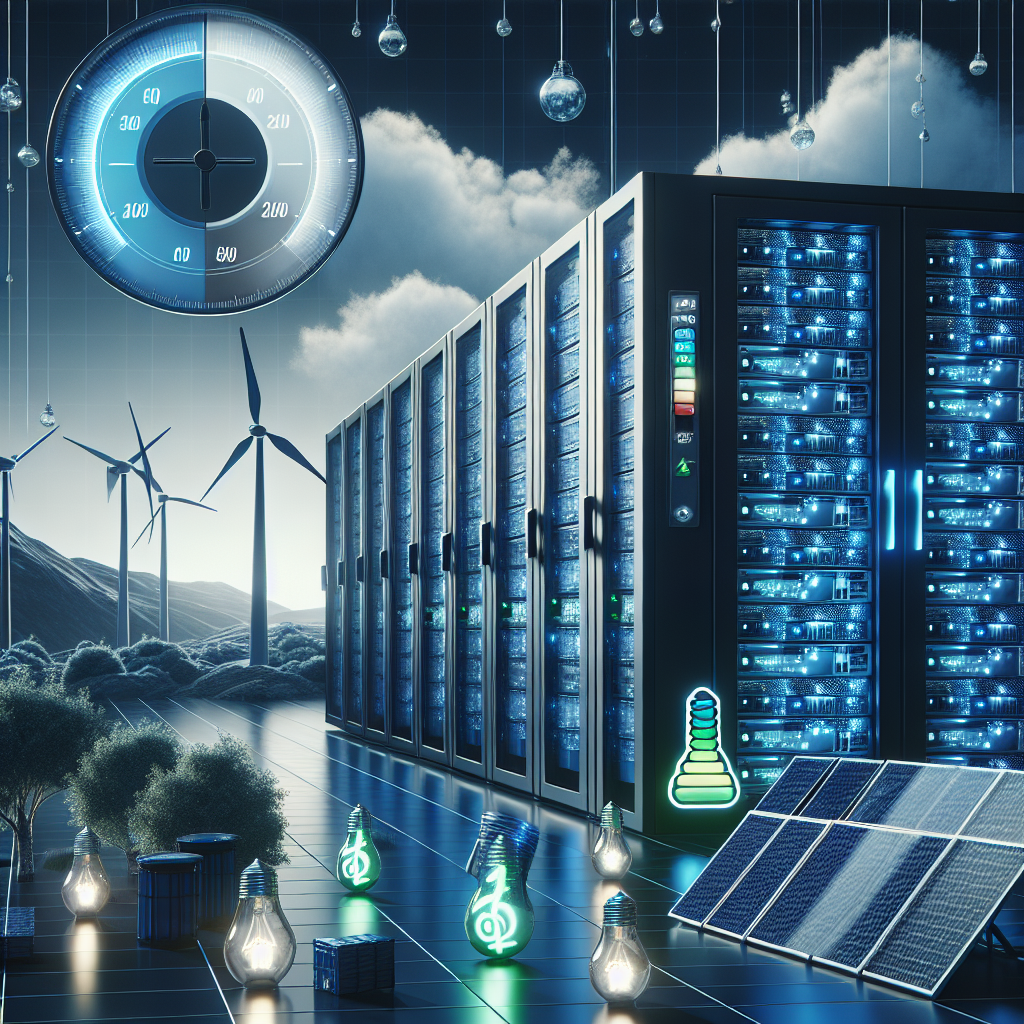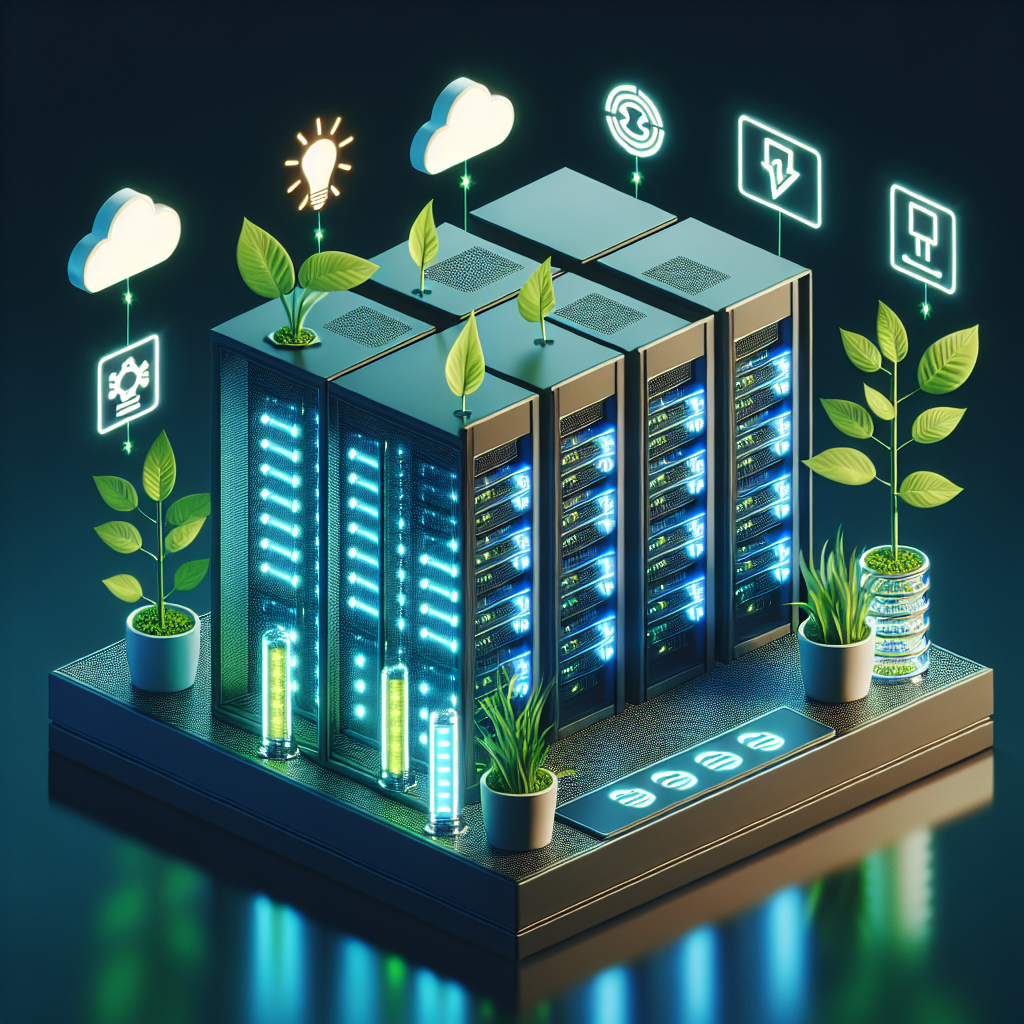Data centers are at the forefront of sustainable technology practices, leading the way in reducing their environmental impact and promoting a more sustainable future. As the demand for data storage and processing continues to grow exponentially, data centers are faced with the challenge of balancing this increased demand with the need to minimize their carbon footprint and energy consumption.
One of the key ways in which data centers are leading the way in sustainable technology practices is through the implementation of energy-efficient infrastructure and equipment. Data centers consume a significant amount of energy to power their servers and cooling systems, so finding ways to reduce this energy usage is critical to reducing their environmental impact. Many data centers are investing in energy-efficient servers, cooling systems, and lighting, as well as implementing advanced power management systems to optimize energy usage.
Another important aspect of sustainable technology practices in data centers is the use of renewable energy sources. Many data centers are now powered by renewable energy sources such as solar, wind, and hydroelectric power, reducing their reliance on fossil fuels and lowering their carbon emissions. By investing in renewable energy, data centers are not only reducing their environmental impact but also helping to drive the growth of the renewable energy industry.
Data centers are also leading the way in sustainable technology practices through the use of innovative cooling techniques. Traditional data centers rely on energy-intensive cooling systems to maintain the optimal temperature for their servers, but many data centers are now exploring more sustainable cooling options such as free cooling, which uses outside air to cool servers, and liquid cooling, which is more energy-efficient than traditional air cooling methods.
In addition to energy efficiency and renewable energy, data centers are also focusing on water conservation and recycling to reduce their environmental impact. Many data centers are implementing water-saving technologies such as rainwater harvesting, water recycling systems, and water-efficient cooling systems to minimize their water usage and reduce their reliance on municipal water sources.
Overall, data centers are leading the way in sustainable technology practices by implementing energy-efficient infrastructure, investing in renewable energy sources, exploring innovative cooling techniques, and focusing on water conservation and recycling. By prioritizing sustainability, data centers are not only reducing their environmental impact but also setting an example for other industries to follow. As the demand for data storage and processing continues to grow, it is essential that data centers continue to prioritize sustainability and lead the way in promoting a more sustainable future.
